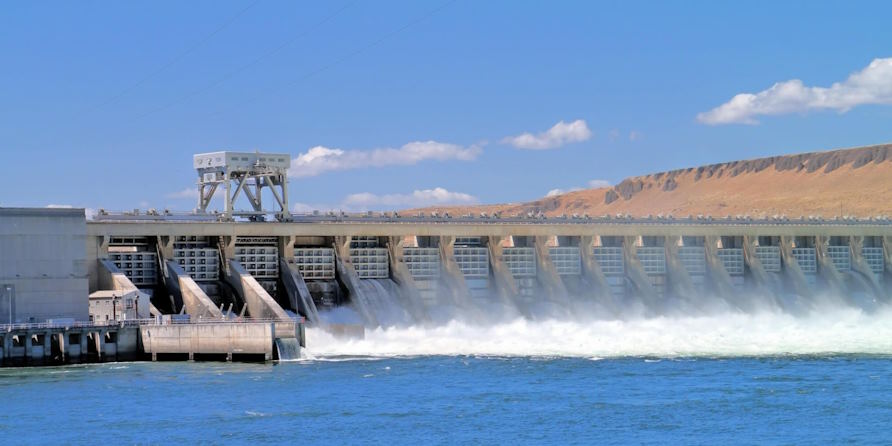It’s not news that the global demand for electricity continues to rise, driving the search for efficient and sustainable energy sources. Hydroelectric and nuclear power plants have emerged as significant contributors to the electricity grid, each offering unique benefits and posing distinct environmental challenges.
Why have hydroelectric and nuclear power plants become widespread?
Hydroelectric and nuclear power plants have become widespread due to their high energy generation efficiency and ability to provide baseload power. Technological advancements, government support, and long-term cost stability have also played significant roles in their adoption. These factors have positioned hydroelectric and nuclear power as reliable and sustainable options for meeting global energy demands and ensuring long-term energy security.
What is the environmental impact of hydroelectric and nuclear power?
Hydroelectric Power
First of all, hydroelectric dams can flood large areas, resulting in the alteration or loss of natural habitats. It can impact ecosystems, wildlife, and vegetation.
Besides, the construction of dams can disrupt river flow and affect sediment transport, nutrient cycling, and water temperature. These changes can impact aquatic species, alter biodiversity, and affect downstream habitats.
Dams also can block fish migration routes, affecting the reproduction and population dynamics of fish species that rely on free-flowing rivers.
Moreover, the creation of reservoirs for hydroelectric power plants can lead to the decomposition of submerged organic matter, releasing methane, a potent greenhouse gas that contributes to climate change.

Nuclear Power
Nuclear power plants produce radioactive waste that requires careful handling, storage, and disposal. Long-term management of radioactive waste poses environmental challenges and raises concerns about potential leaks or accidents.
Furthermore, the extraction of uranium for nuclear fuel production can have environmental impacts, including habitat disturbance, soil, and water pollution, and potential health risks to workers and nearby communities.
Although rare, the risk of a nuclear accident can have severe environmental consequences, including the release of radioactive materials into the environment, soil contamination, and long-term health impacts on humans and wildlife.
In addition, decommissioning nuclear power plants requires extensive environmental remediation efforts to ensure the safe dismantling and cleanup of the site.
So, both hydroelectric and nuclear power have their unique environmental challenges. Hydroelectric power can impact river ecosystems and aquatic habitats, while nuclear power poses concerns related to radioactive waste and the risk of accidents. However, it’s worth noting that both forms of energy have the potential to contribute to low-carbon electricity generation and reduce greenhouse gas emissions compared to fossil fuel-based power sources.
Efforts are continually being made to mitigate these environmental impacts through improved technologies, better waste management practices, and enhanced safety measures.
